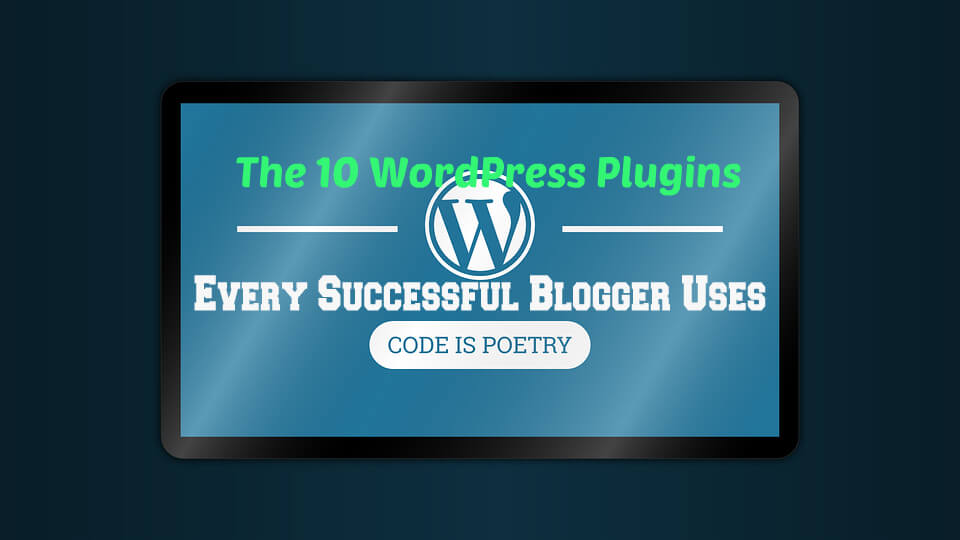Who knew that setting up a blog is fast, easy and much cheaper than you think? Having a successful blog is the best way to extend your network. It’s one of the most efficient ways to get noticed and promote your brand.
Just follow these simple steps to set up your new blog today.
Where Do I Start?
You need to identify a web host to store your files, content, and images. You also need a domain name that is unique to you. The domain name is crucial. It should be short, memorable and easy to say and type. Web hosting services are legion, and so you might want to do some research to identify the best one. Finally, you should have a blog platform such as WordPress, which provides templates to create your blog and other support services to help manage it.
How Do I Choose a Web Hosting Service?
As you can see from this review on Mangomatter good web hosting brings many benefits, but it comes at a price. There are often multiple options with the same web hosting company, and so it pays to think carefully about your likely requirements and pick the plan that suits your purposes best.
How Much Does It Cost?
The short answer is that you can blog for free, but serious bloggers pay for a monthly hosting plan costing from around $3 to around $15. The cheapest option is great for sharing images and swapping ideas with your friends and family. If your website is linked to a business, however, you should choose a more expensive plan with extras such as additional websites, multiple emails, more bandwidth, and good support tools.
Themes and Tools :
Once you have signed up with WordPress, you have a host of themes and tools at your fingertips. Identify a niche theme to suit your chosen specialty. Don’t worry, you can always change it further down the line if your first choice doesn’t quite hit the mark. It is best to think of something quite sleek and simple so that loading your blog is fast, and search engines will easily find it. Too much clutter in the theme dilutes your message. Use the tools provided to schedule the release of posts and draft or edit new material.
How do I Structure the Content?
It is very easy to structure your blog using the ready-made format that is provided. You just enter the title of your blog in the relevant box and then add text, video, audio and links as you wish. When you are happy with the result, you press “Publish”, and your blog will go live. You can always go back and edit later.
What About Creating Traffic?
Keywords, headlines and “slugs” (post titles) should be optimized for SEO. Frequent links to social media and relevant online publications will generate new readers. Visit other sites and enter comments or posts that link back to your blog.
So just do it!
If you have great ideas for content, starting a blog is easy. Just follow these steps, and that’s all there is to it!
Read Also :





















